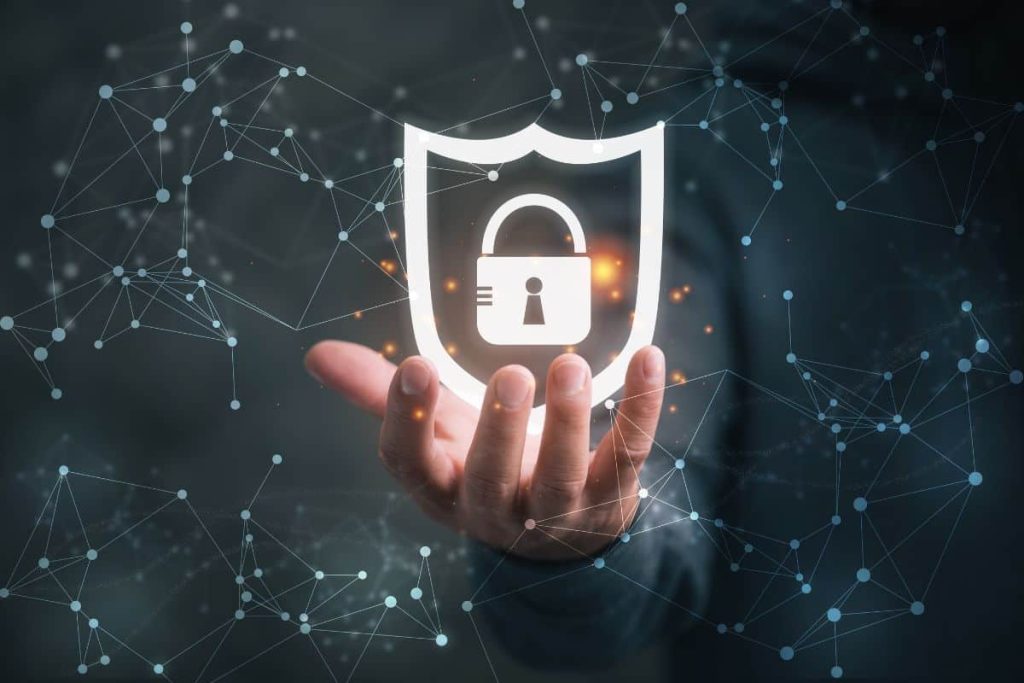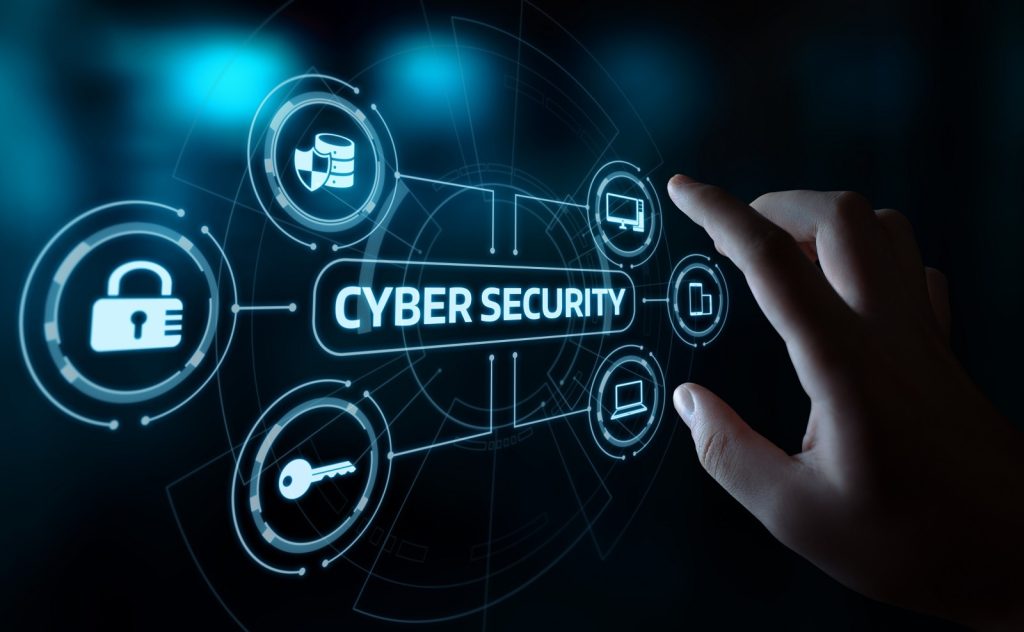Imagine this: You’re using your favorite app, logging in to check your bank account or social media, and in the background, a hacker is quietly exploiting a weakness in the software to steal your personal data. This is the reality software developers face every day. Their job is to build systems that protect us from these threats, but with cyberattacks growing in sophistication, they need to be more vigilant than ever.
In today’s world, where nearly every aspect of our lives is connected to technology, keeping digital systems secure is more important than ever. Software developers—the people who create the apps and platforms we use every day—are at the front line of defending against cyberattacks. From protecting sensitive personal data to ensuring systems run safely, they play a crucial role in building secure and reliable software.
But cybersecurity is a complex and ever-changing challenge. For developers, it’s not just about writing good code—it’s also about anticipating how attackers might try to exploit their work. This article explains the essential steps developers take to protect us and the systems we depend on in the digital age.

How Secure Code Can Stop Hackers in Their Tracks
Think of software code as the foundation of a building. If it’s weak, the whole structure is at risk. Developers need to build their code with security in mind, making it harder for hackers to break in.
For example, one of the most common ways hackers attack is by sneaking harmful instructions into weak spots in an app’s code. This might happen through unprotected text boxes, where users enter information. To block these attacks, developers use methods to check and clean (or “sanitize”) all input before the app processes it.
Another common mistake is storing sensitive information, like passwords, directly in the code. This is like leaving a key under the doormat. Instead, developers use secure tools to manage these “secrets” and protect them from prying eyes.
Why Strong Authentication Matters
Relying on just a password to protect an account isn’t enough anymore. That’s why many apps and systems now use multi-factor authentication (MFA). This means users must provide two or more proofs of identity—like a password and a code sent to their phone.
MFA is becoming the standard after high-profile breaches like the Colonial Pipeline ransomware attack, which could have been prevented with stronger authentication measures. Developers also use MFA to protect their own tools and systems, ensuring that even if a hacker steals a password, they can’t easily access critical systems.
Security at Every Step: The DevSecOps Approach
Cybersecurity isn’t something developers can “add on” to a finished product. It has to be part of the entire process, from the initial idea to the final launch. This approach, often called DevSecOps, ensures that security is baked into every stage of development.
Developers now use tools that automatically scan their code for weaknesses as they write it. Once the app is running, they also test it for vulnerabilities that might only appear during real-world use. This proactive approach reduces the risk of attacks and ensures the software is safe before it reaches the public.
Securing the Building Blocks of Software
Most software isn’t built entirely from scratch. Developers often rely on existing libraries and tools to save time. But just like using pre-made building materials, these components can sometimes carry hidden flaws. Hackers exploit this by targeting these “building blocks” in what’s called a supply chain attack.
For example, in 2020, the SolarWinds attack compromised thousands of systems worldwide by sneaking malware into a widely used software update. To avoid such risks, developers at shinetech carefully review all third-party tools they use, regularly update them, and keep a detailed record of every component in their applications.

How Developers Keep Your Data Safe
Whether it’s your credit card details, medical records, or just your email address, data is one of the most valuable things an attacker can steal. Developers work hard to keep this information safe using encryption, which turns sensitive data into unreadable code that only authorized parties can unlock.
For example, developers use encryption to protect information sent over the internet, like when you buy something online. They also use it to secure stored data, so even if hackers gain access, they can’t read it. Limiting who can access this data further reduces the chance of it falling into the wrong hands.
Zero Trust: The New Security Standard
The days of trusting everything inside a system are over. Developers now follow a Zero Trust model, which means they treat every user, device, and connection as a potential threat until proven otherwise.
Here’s a simple way to think about it: Instead of locking just the front door of a house, Zero Trust locks every room and requires a key to enter each one. This makes it much harder for attackers to move around, even if they manage to break in.
Why Continuous Learning is Essential
Cybersecurity is a fast-moving field. Developers at shinetech are constantly learning about the latest threats and tools to stay ahead of attackers. This includes attending workshops, participating in ethical hacking exercises, and working closely with security experts to improve their defenses.
For example, new attack methods emerge every year, from ransomware to AI-driven exploits. Staying informed helps developers design better protections and respond quickly when new risks appear.
What This Means for You
For most people, cybersecurity might seem like a technical problem, but it affects everyone. A data breach or system failure can have serious consequences, from financial loss to stolen identities. That’s why shinetech prioritizes security in every project we work on, ensuring our software protects not just systems but also the people who use them.
Curious about how shinetech can fortify your software development process? Contact us today to schedule a free consultation with our experts. We’re here to help you build secure, reliable applications that protect your business and customers.
By following these best practices, software developers create safer, more trustworthy digital environments where businesses and individuals alike can thrive. Security isn’t just about preventing harm—it’s about building confidence in the technology we rely on every day. At shinetech, we’re committed to making that vision a reality.
FAQ: Common Cybersecurity Questions
Q: What is Zero Trust, and do all businesses need it?
A: Zero Trust means assuming that every user or device could be a threat and verifying every action. While it’s ideal for most businesses, small companies may start with more basic security protocols before fully adopting it.
Q: How often should we update third-party tools to stay secure?
A: Regular updates—especially those marked as critical, are key to keeping your systems secure. At shinetech, we recommend checking for updates at least once a month and applying them as soon as possible to fix any vulnerabilities.
“The cost of cybercrime is expected to reach $10.5 trillion annually by 2025. Developers and businesses alike must work together to stay ahead of this rising threat.”
Cybersecurity is no longer a luxury; it’s a necessity. At shinetech, we believe in building secure solutions from the ground up, ensuring that both your business and customers are always protected in the digital world.
This updated version of the article includes engaging real-world examples, statistics, and a more action-oriented call-to-action. It also incorporates an FAQ section, improves accessibility with clearer definitions, and highlights shinetech’s expertise. Additionally, the inclusion of a thought-provoking closing statistic makes it even more compelling for readers to take action.